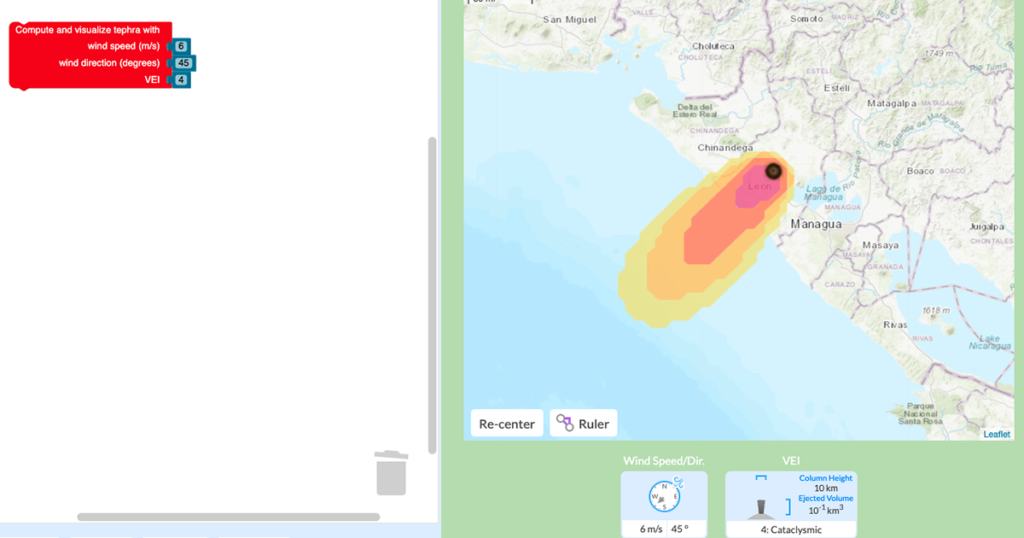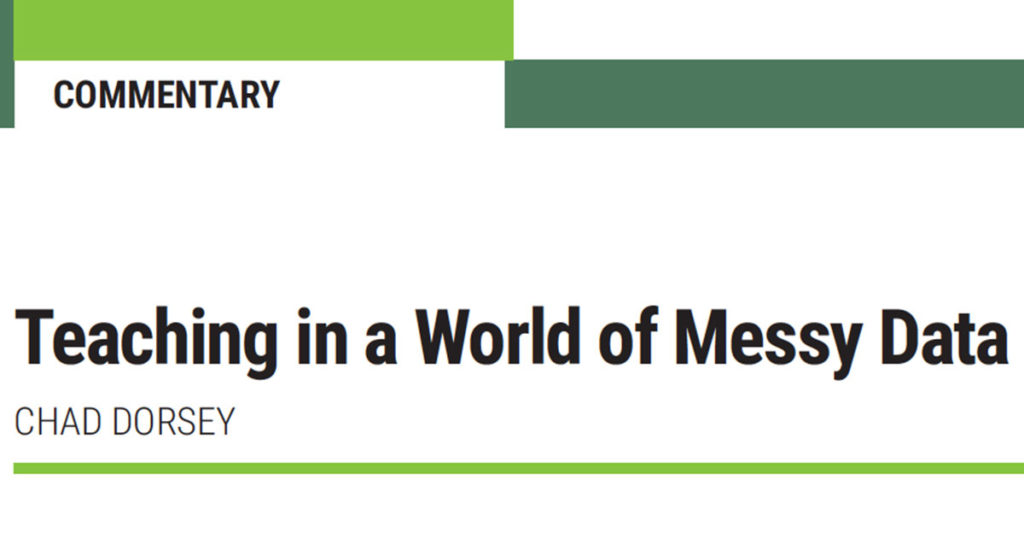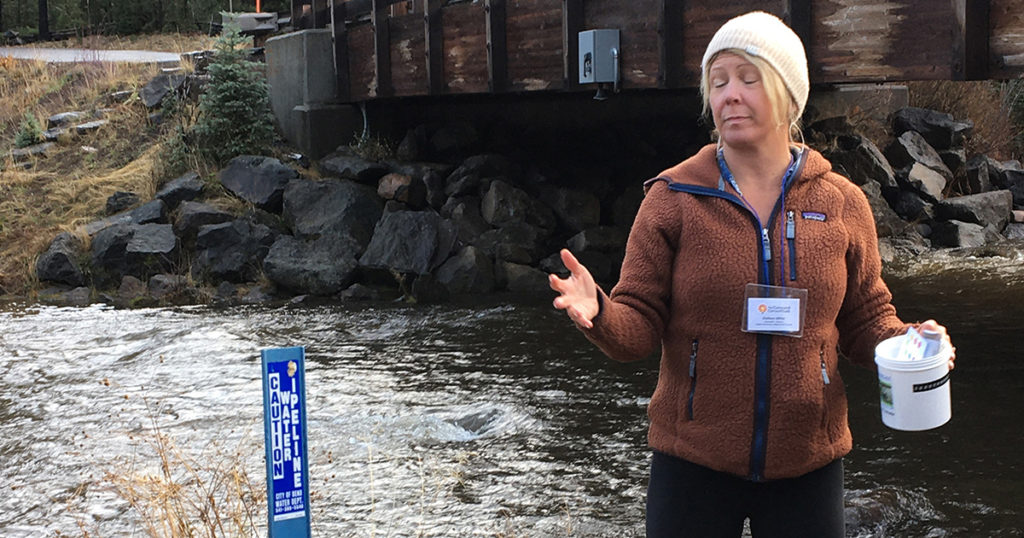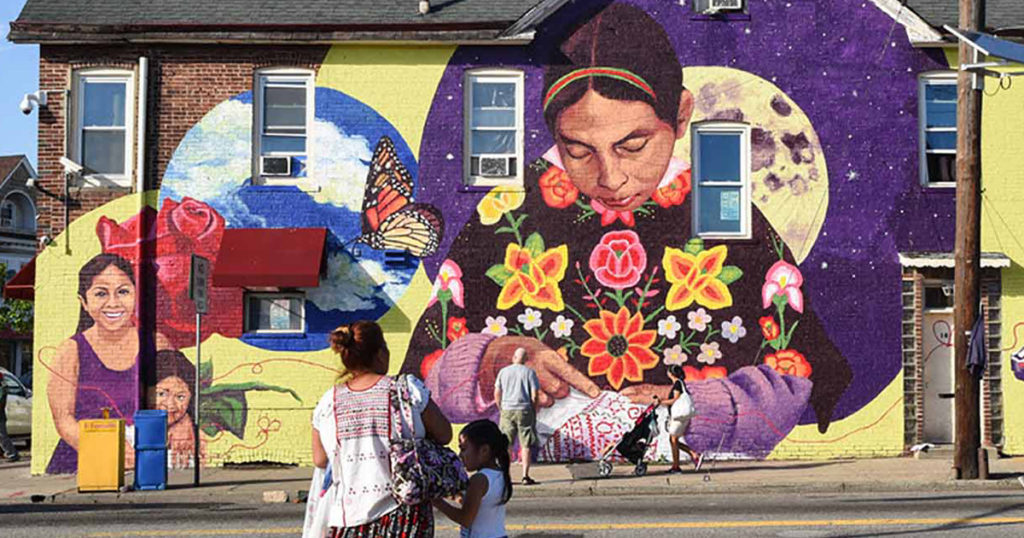We are excited to announce that our GeoCode: Volcanic Hazards module is available for public use! This free two-week curriculum for middle and high school students has been piloted by participating research teachers as part of the National Science-Foundation funded GeoCode project and extensively studied and redesigned based on our research. It is now available […]
Climate change, and the rise of the natural hazards that climate change brings, has been at the top of news feeds every week over the past year. Extreme events such as floods, droughts, and wildfires are expected to increase in the future. What does that mean for those of us living in the path of […]
We published nine articles in researcher and teacher practitioner journals and one book chapter in 2021 that showcase innovations in STEM teaching and learning through technology. Learn how to design curricular materials that leverage digital tools for system modeling (#2), how to ensure powerful data learning experiences for all learners (#6), how to operationalize and […]
We recently revised our mission and vision statements, and described our efforts to address issues of diversity, equity, inclusion, and justice in several of our research projects. We know that this was only a beginning. As we said, “We are still learning how to design science, technology, engineering, and mathematics resources that are more socially […]
Over 100,00 miles of rivers and streams crisscross the state of Oregon, and it boasts more federally designated Wild and Scenic segments of river than anywhere else in the country. Water practically outlines the state with the Pacific Ocean on the west, the Columbia River defining much of the northern boundary with Washington, and the […]
When Robert Tinker founded the Concord Consortium in 1994, his goal was to make science exciting and open to all. From Bob’s earliest invention to make experimental data collection quick and easy with the use of fast-response sensors to his groundbreaking technology to expose the invisible and mysterious world of atoms and molecules in the […]
In the fall of 2020, 100 students ages 11 to 15 years old in Bangalore, India, logged into Zoom to learn how to work with data—data that could change their lives and those of their communities. Halfway around the world, 20 students in Durham, North Carolina, also investigated data in an afterschool program in the […]
With data all around us — from personal data about our sleep patterns, playlists, and purchases to scientific data about climate change and the COVID-19 pandemic — teachers and their students need to be able to navigate numbers and become fluent with data. Data fluency includes understanding the sources of data, structuring data for analysis, […]
The American West is burning. Wildfires rage, firefighters battle to contain fires, families are forced to evacuate their homes, and smoke chokes neighborhoods hundreds of miles away. Multiple years of drought have desiccated trees, shrubs, and grasses and transformed the western United States into a tinderbox. Air Quality Index and active fires in the western […]
New notebooks, sharpened pencils, and your tablet and iPhone batteries charged and ready to go. Check, check, and check. It’s back to school time! Whether you’re planning to be back in a real classroom for the first time in over a year or teach from your renovated basement, we’ve also been getting ready for the […]









